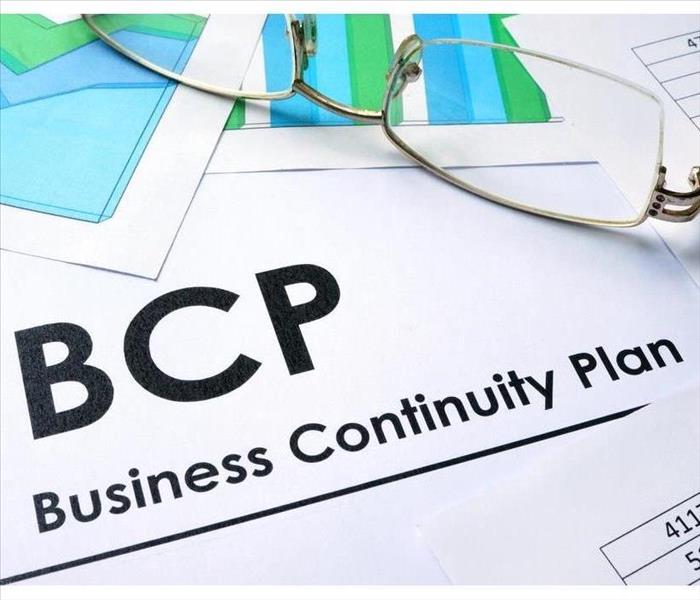The Key Features of a Business Continuity Plan
4/12/2020 (Permalink)
A large storm has the potential to disrupt your business in Kennesaw, GA, in a number of ways. Having a well-thought-out continuity plan in place is the gold standard for minimizing the impact on your company. This plan has many components and involves drafting a business impact analysis and recovery strategies. Swift remediation of storm damage through the services of a professional storm mitigation team is one key feature of the plan. This puts you in a position to recover faster and return to normal operations. A complete analysis of recovery strategies helps you identify your preparedness level and any gaps in your capabilities.
The Critical Importance of IT
Nearly all companies today rely on IT. A storm that causes flooding can reduce your computer network and severely limit your ability to service customers and keep employees productive. A continuity plan seeks to accomplish the following goals:
- Assess the status of computer networks, servers, computers, and wireless devices
- Identify critical components of the IT network
- Fix items as swiftly as possible
- Identify manual alternatives until the computer system is operational
All of these steps should be documented in the plan. Important contact resources should be recorded so employees know who to call for help. The option for telecommuting should be considered, as well as how to implement this step.
The Value of Testing and Exercises
It is not enough to have a continuity plan in place if it cannot be implemented when the time comes. Key personnel should be familiar with the plan through training exercises and testing. The more familiar your team is with the process, the more likely they will be to be able to implement its key features. After a round of exercises and orientation programs, input should be taken on how to improve the process for all parties. The more complete a plan is the more likely your company will be prepared for an unexpected event.






 24/7 Emergency Service
24/7 Emergency Service
